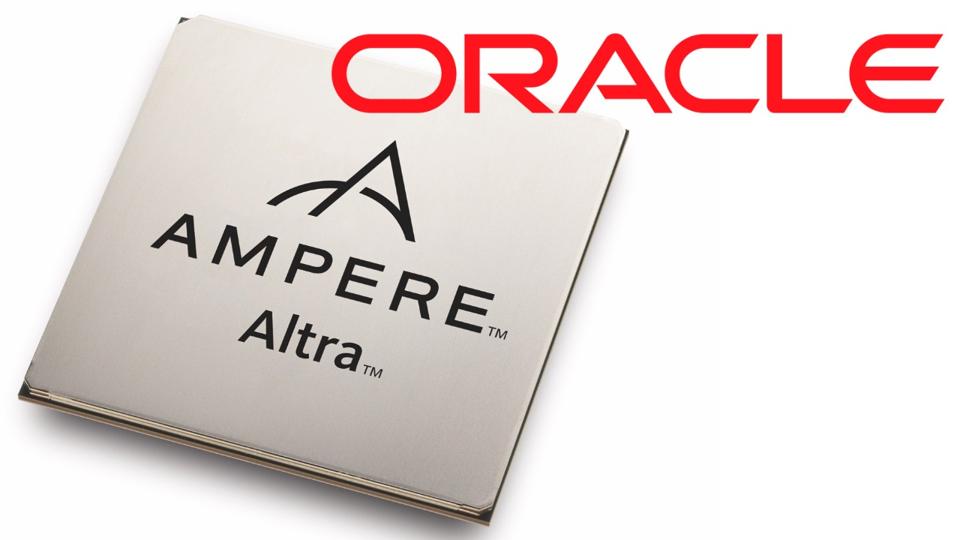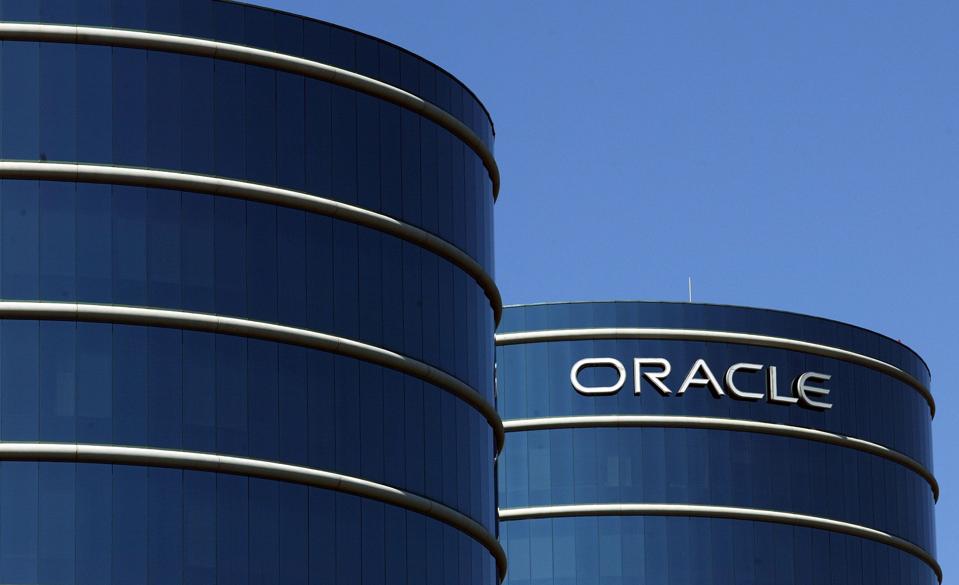Oracle and Ampere Computing held an event today to talk about Ampere’s role at Oracle, in Oracle’s cloud business, and in support of Oracle’s enterprise Oracle Database.
Today’s announcement goes beyond Oracle Database simply gaining support for a new processor architecture. The news acknowledges Ampere’s credibility, will contribute to Ampere’s growing momentum, and will play directly into Oracle’s successful cloud strategy.
Oracle Database Supports Ampere Altra
Oracle announced today that the company will support Oracle Database 19C (the latest long-term support release of Oracle Database) running on Ampere Altra processors. Oracle will support the processor on Oracle’s Oracle Cloud Infrastructure (OCI) and on on-prem Ampere-based servers.
Outside the public cloud, there are only a few options for buying an Ampere-based server. Hewlett Packard Enterprise and Lenovo are the only tier-one OEMs shipping Ampere servers, while Supermicro and a handful of smaller server builders also have offerings. There has yet to be an official word on whether Oracle will support Ampere processors on competing cloud services, where Ampere has configurations in every top cloud vendor except Amazon.
Ampere’s (and ARM’s) Cloud Momentum
Larry Ellison said at the event, “it’s a major commitment to move to a new supplier. We’ve moved to a new architecture, and we’ve moved to new supplier.” He said, “we think that this is the future. The old Intel X86 architecture, after many decades in the market, is reaching its limit.”
I disagree with Mr. Ellison that the x86 architecture is reaching its limit, but alternative architectures, such as ARM’s, are proving to be a better value than x86 across multiple essential scenarios. One of these is economic. ARM-based processors cost less, both to procure and to operate. It’s even cheaper to run Oracle Database on one, as Oracle’s per-core licensing is more attractive on single-threaded cores (AMD and Intel server processors have multi-threaded cores).
Ampere’s ARM-based processors arrive with a massive core count and impressive single-threaded performance. The performance is delivered with better power and thermal profile than competing x86-based processors. This makes Ampere’s parts more energy efficient, critical in today’s sustainability-driven environment, but also enables a tremendous per-rack core density. All of this makes the processors attractive to hyper-scalers and public cloud providers.
Cloud service providers are on the Ampere bandwagon. Besides Oracle’s OCI, Ampere processors are found in Microsoft Azure, Google Cloud Infrastructure, Alibaba Cloud, and Tencent Cloud. The company’s presence across CSPs is growing. The number of Ampere-based configurations across the mentioned CSPs has grown 297% over the past twelve months, while the total number of configurations across all processor vendors only grew by 23%.
Ampere isn’t alone in the cloud market. Amazon was the first to bring the ARM architecture into the public cloud space with its Graviton processor, now in its third generation. Alibaba, which does use Ampere processors in its instances, has started rolling out instance types based on its own Yitian server processor. While there have been persistent rumors for years that Microsoft is building its ARM-based server part for Azure, Microsoft maintains the highest number of Ampere configurations across all CSPs.
Oracle’s Cloud Momentum
It’s hard to talk about today’s announcement without talking about Oracle’s momentum in the public cloud. In an environment where the global public cloud market grew about 20% year-over-year in Q1 2023, Oracle grew its OCI business by more than 50% year-over-year. Oracle Cloud is the number four cloud vendor in North America, and it’s climbing the charts with a bullet.
Much of Oracle’s increasing cloud success is found in its matter-of-fact strategy. While competing CSPs create a menu of offerings longer than a Cheesecake Factory menu, Oracle focuses on what’s essential for its enterprise customers. Where AWS has dozens of instance types, Oracle has barely a dozen in total. Ampere plays prominently in those configurations.
The sensibility applies to its infrastructure as well. Returning to Larry Ellison, he told a group of analysts (including me) earlier this year that OCI was about efficiency. Every region is identical, making deployment a cookie-cutter operation, enabling management to automated. That approach minimizes operational costs, some of which Oracle passes back to its users with some of the lowest cloud pricing among the top CSPs.
Analysis
Oracle’s support for the Ampere processor on its flagship enterprise database is a vote of confidence for the architecture. Even though Oracle is an investor in Ampere, the company wouldn’t have made this move if it didn’t make technical sense. Whatever you believe about Oracle, you should know that it takes its engineering seriously.
ARM is growing in the public cloud space, where its energy efficiency and cloud-native architecture make it a natural fit. ARM’s growth in the cloud is measured primary through the growth of Ampere, which continues to land in new configurations across nearly every cloud vendor. Oracle’s support of the Ampere Altra processor on the world’s most dominant relational database will only scale Ampere’s business even further.





